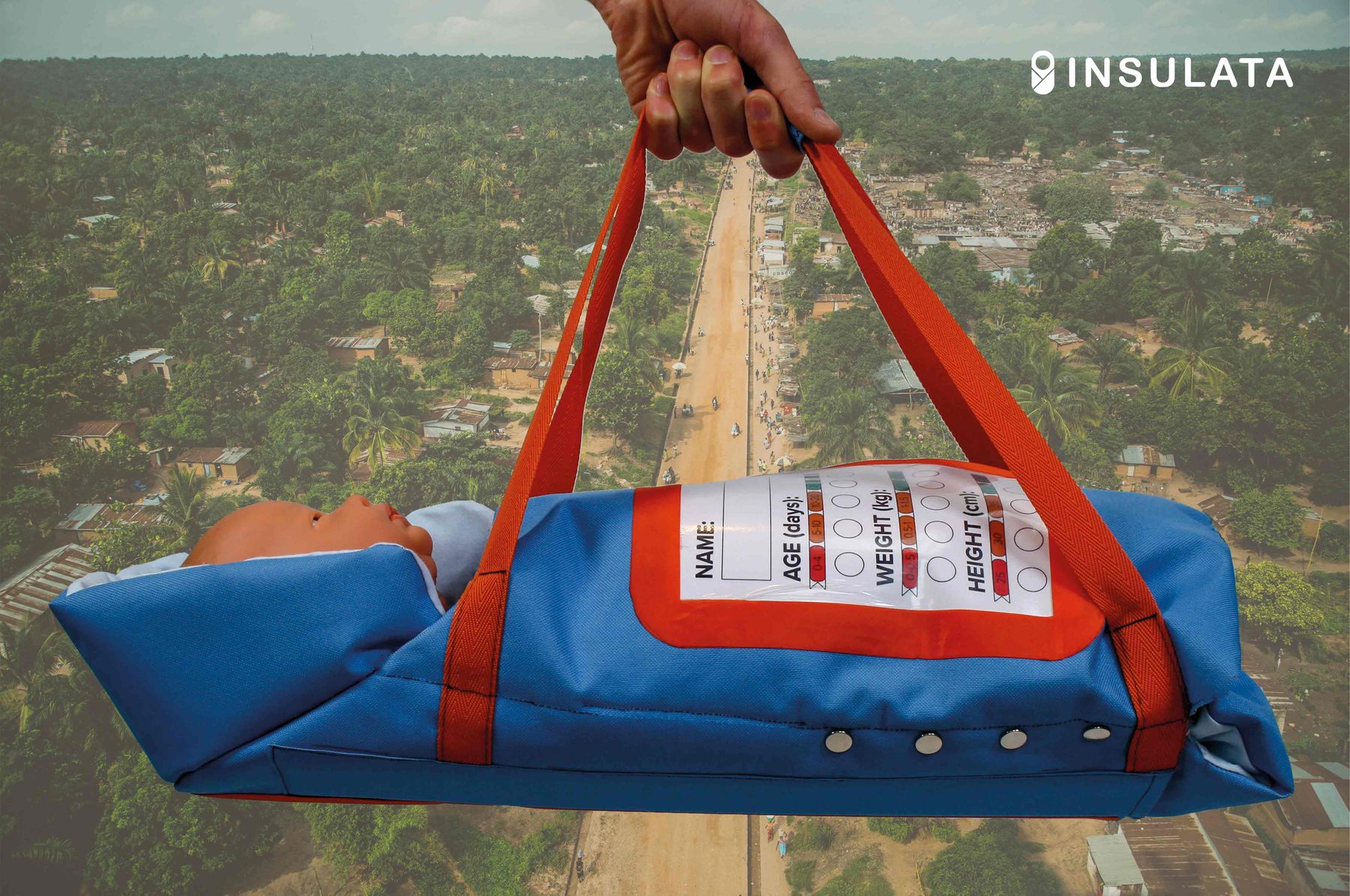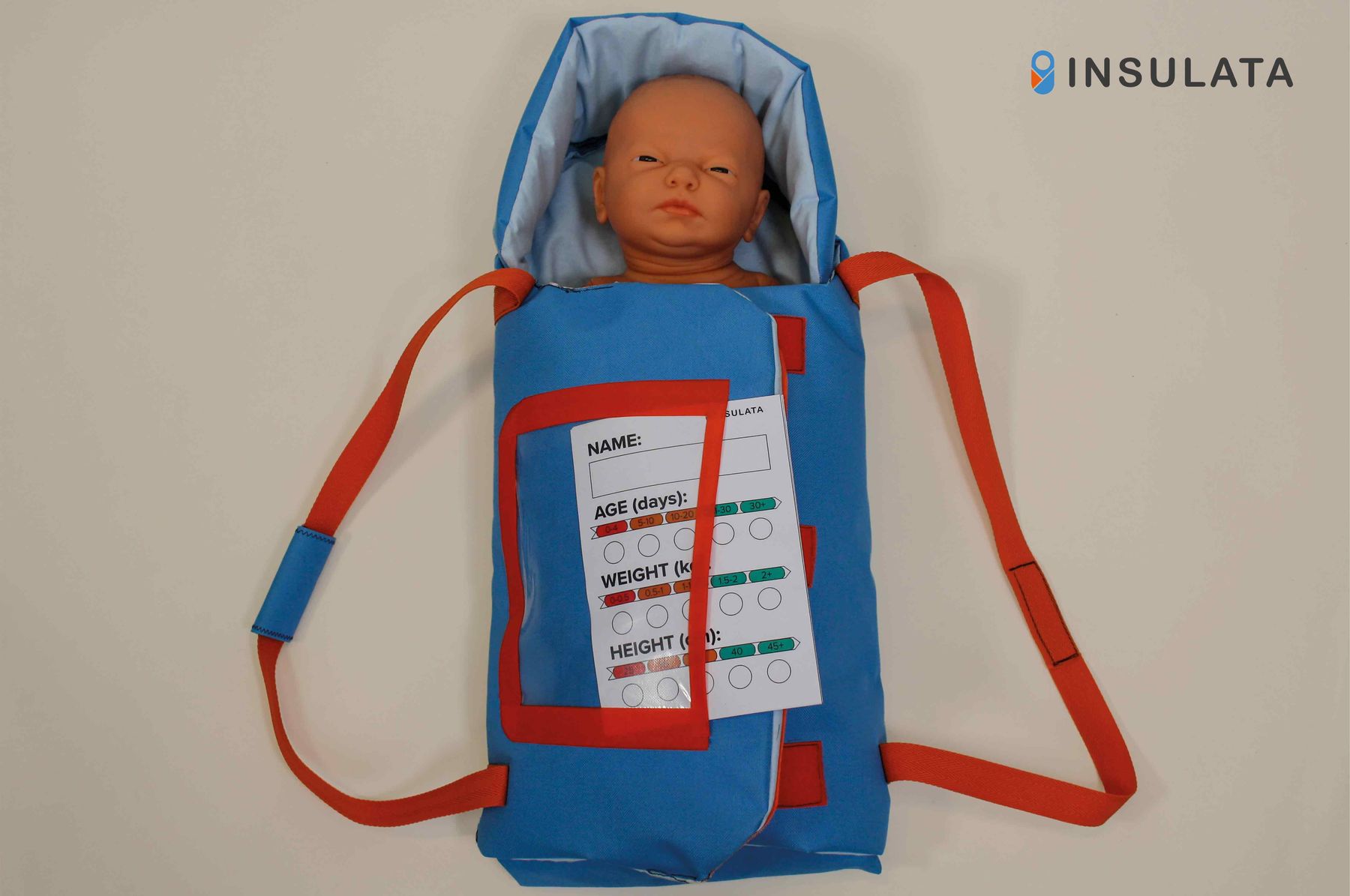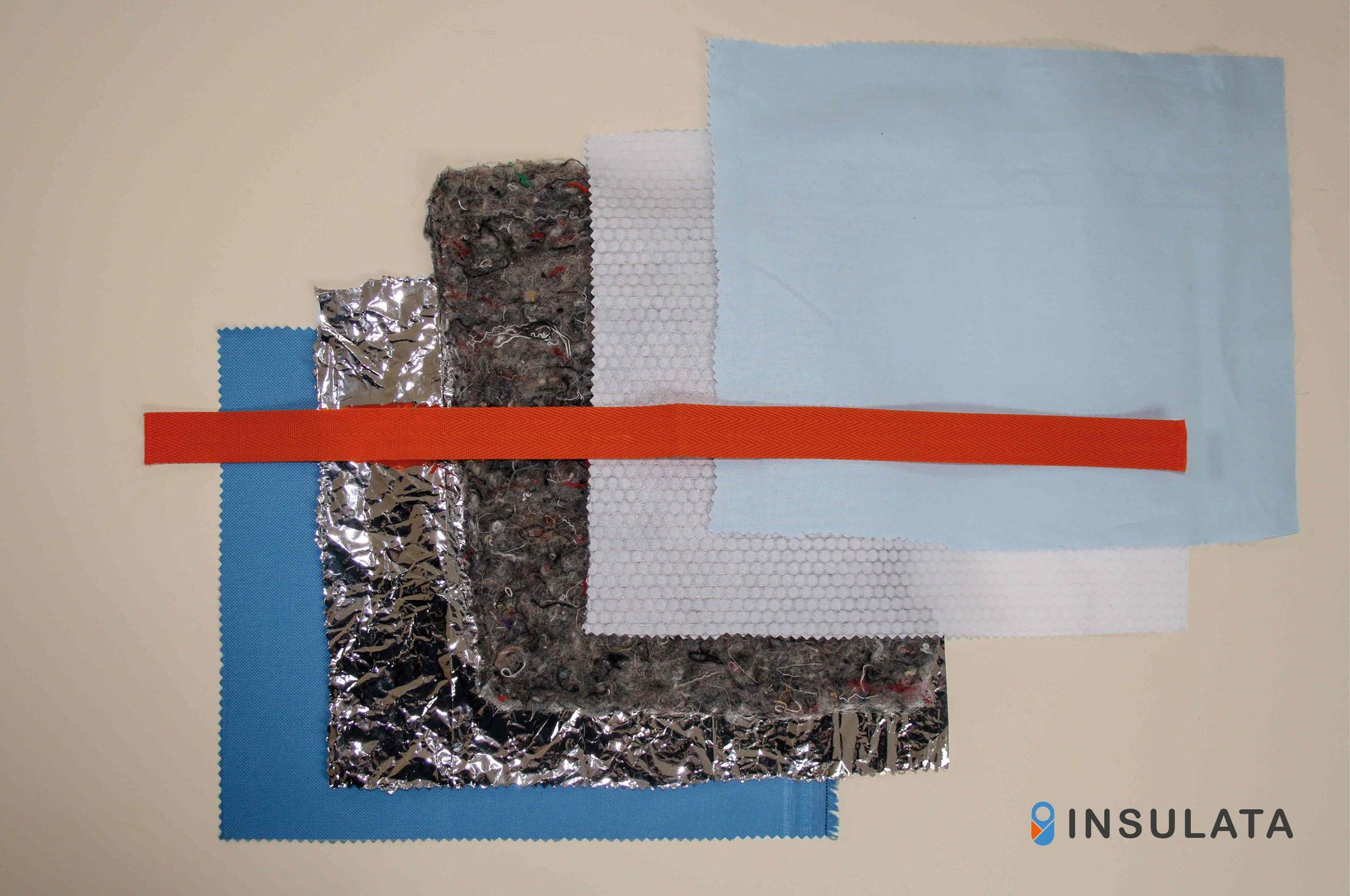#NTUDEGREESHOW Spotlight: Fergus Vaux
This week's Spotlight piece features BA (Hons) Product Design student Fergus Vaux.
By Chloe Subitte | Published on 17 May 2019
Categories: Current students; School of Architecture, Design and the Built Environment;

In the run-up to the Art and Design Degree Show, we will be sharing a series of student projects from across the 26 participating courses through #NTUDEGREESHOW Spotlights.
Insulata
Insulata, a thermal-regulating cocoon for low birth-weight babies, provides a low-cost alternative to sophisticated incubators used in NICUs (Neonatal Intensive Care Units).
Developing countries, refugee camps and disaster relief zones do not have the resources needed to establish NICUs which are used in developed countries for the management of low birth weight infants. The incidence of low-birth weight babies, either born early or from mothers suffering from malnutrition, is unavoidably much higher in the developing world.

I found significant research showing me that the lives of a large number of infants weighing 2-4lbs at birth could be saved without resorting to the use of expensive and sophisticated equipment. After initial ideation and testing, I concluded that a simple ‘papoose’ style of design combined with technically advanced, yet readily available materials meets the urgent demand for a low-cost solution, requiring no electricity.
Insulata is a simple wrap over design that secures the small baby in a cocoon of specially layered fabrics, allowing the baby’s warmth to be conserved, without the need for additional energy sources.

The outer layer is a durable, waterproof PU-coated nylon lined with a reflective aluminiumised sheet that reflects 90% of body heat. Next to the baby’s skin there is a soft bamboo weave chosen for its breathability and sweat absorbing properties. Sandwiched between the two is natural sheep wool, which is antibacterial, durable and insulating.
Finally there is a layer of Outlast™ - a material developed by NASA for astronauts - that has the capacity to absorb, store and release excess heat. The baby lies within the cocoon, the head protected by a hood and the feet tucked within a flap that can be adjusted to the baby’s length. The baby’s body heat is therefore conserved without overheating due to the specific properties of the layered materials.
I have recently managed to get endorsement for this project from UNICEF, and I am waiting to hear back from representatives at Médecins Sans Frontières and design agency IDEO.
Find out more about the BA (Hons) Product Design Degree Show here.